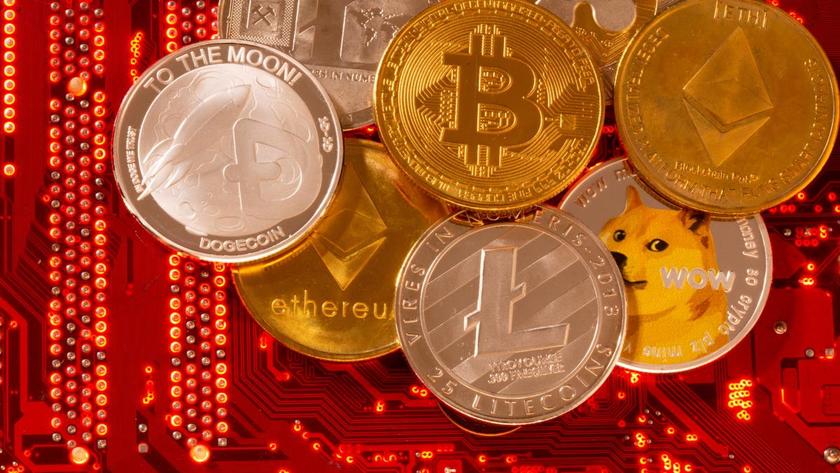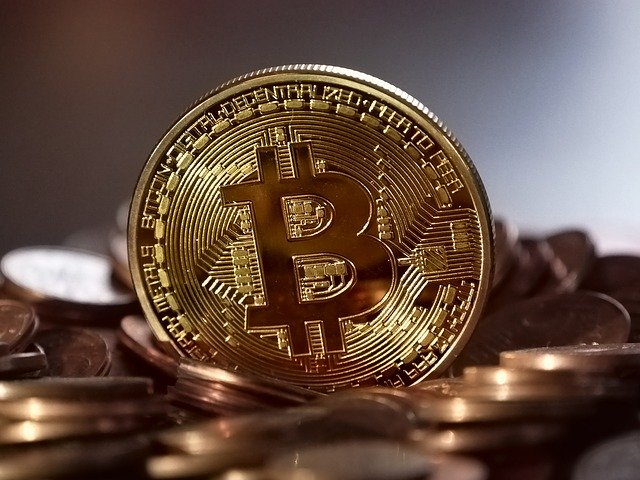Bitcoin Climbs Above $59,000, Nears Record High
Bitcoin made a staggering surge on Wednesday, breaching the $60,000 mark and edging tantalisingly close to its all-time high. The enthusiasm for the world’s largest cryptocurrency soared to levels reminiscent of the 2021 boom, as Bitcoin climbed to as high as $63,900. However, the excitement was tempered by reports of users experiencing account balance discrepancies on the popular cryptocurrency exchange Coinbase.
Coinbase Glitch Tempers Bitcoin's Ascent

Image Source: decrypt.co
Amid Bitcoin’s meteoric rise, some users of Coinbase encountered a worrying scenario as their account balances displayed $0. Coinbase swiftly acknowledged the issue, attributing it to a surge in traffic. Despite initial concerns, Coinbase assured users that their assets remained safe. CEO Brian Armstrong took to social media to address the situation, emphasizing the team’s efforts to rectify the technical glitches.
Before the Coinbase hiccup, Bitcoin was steadily approaching its all-time high of $68,789, set in November 2021. Ryan Rasmussen, a senior crypto research analyst for Bitwise Asset Management, noted the resurgence of crypto following the tumultuous market events of 2022, indicating a renewed investor interest in digital assets.
Riding the Wave of Excitement
Bitcoin’s ascent coincides with the introduction of spot bitcoin exchange-traded funds (ETFs) in January, which have provided mainstream investors with broader exposure to the digital asset. Optimistic forecasts predict Bitcoin reaching $125,000 by the end of 2025, reflecting a growing confidence in its long-term potential, as remarked by Benchmark’s Mark Palmer.
The cryptocurrency market has seen robust growth, with Ethereum (ETH) outperforming Bitcoin by over 4% year-to-date. The total market capitalization for all crypto assets has surged to $2.22 trillion, showcasing the expanding influence of digital currencies. The launch of bitcoin ETFs in January has seen remarkable trading activity, with net flows surpassing $6.7 billion, indicating a strong investor appetite for crypto exposure.
Expanding Market Opportunities
The surge in Bitcoin trading volume has bolstered major crypto trading platforms like Coinbase and Robinhood, despite occasional technical challenges. Moreover, Bitcoin-related stocks such as Marathon Digital (MARA) and MicroStrategy (MSTR) have experienced substantial gains, driven by strategic investments and growing institutional interest.
Derivatives traders have also joined the Bitcoin rally, with open contracts in the bitcoin futures market reaching a record high of $25 billion. This surge in derivatives activity underscores the bullish sentiment prevailing in the options market, as investors capitalize on Bitcoin’s upward momentum.
In summary, Bitcoin’s surge to top $59,000, coupled with the impending approach towards its all-time high, signals a resurgence in investor confidence and highlights the growing mainstream acceptance of cryptocurrencies. Despite intermittent challenges, the crypto market continues to expand, offering diverse opportunities for investors seeking exposure to digital assets.

I am a law graduate from NLU Lucknow. I have a flair for creative writing and hence in my free time work as a freelance content writer.












